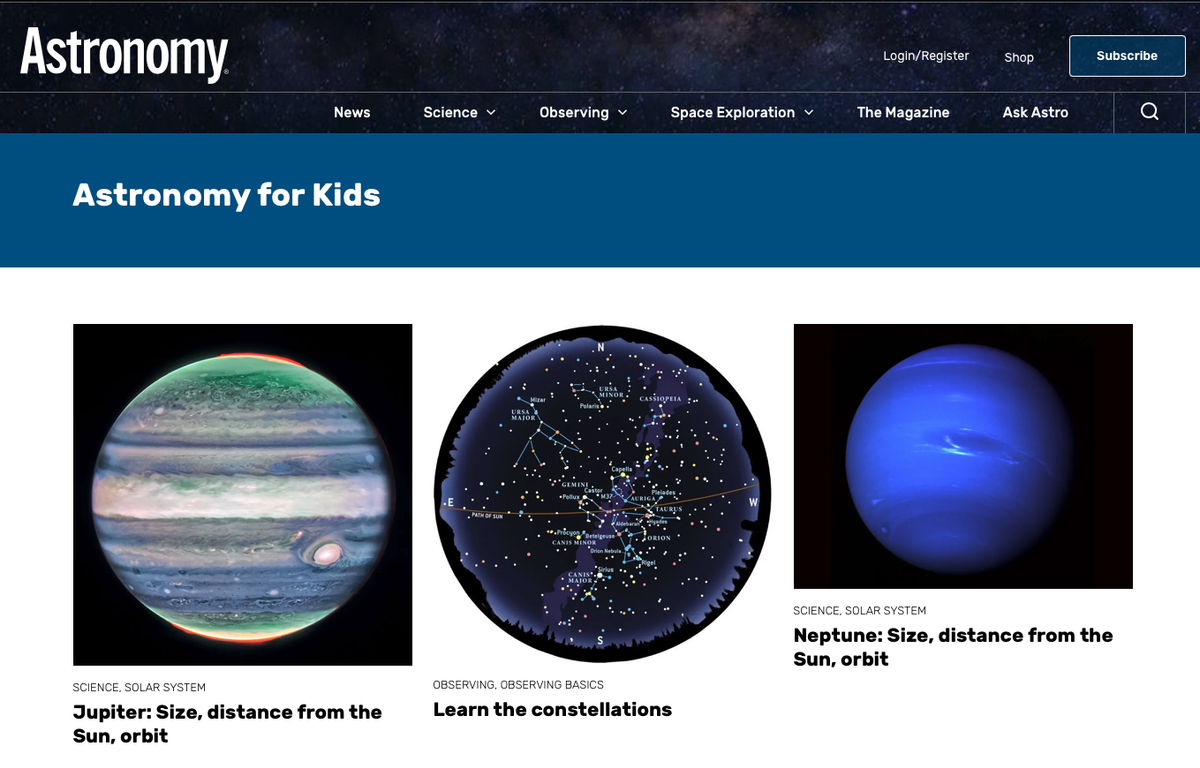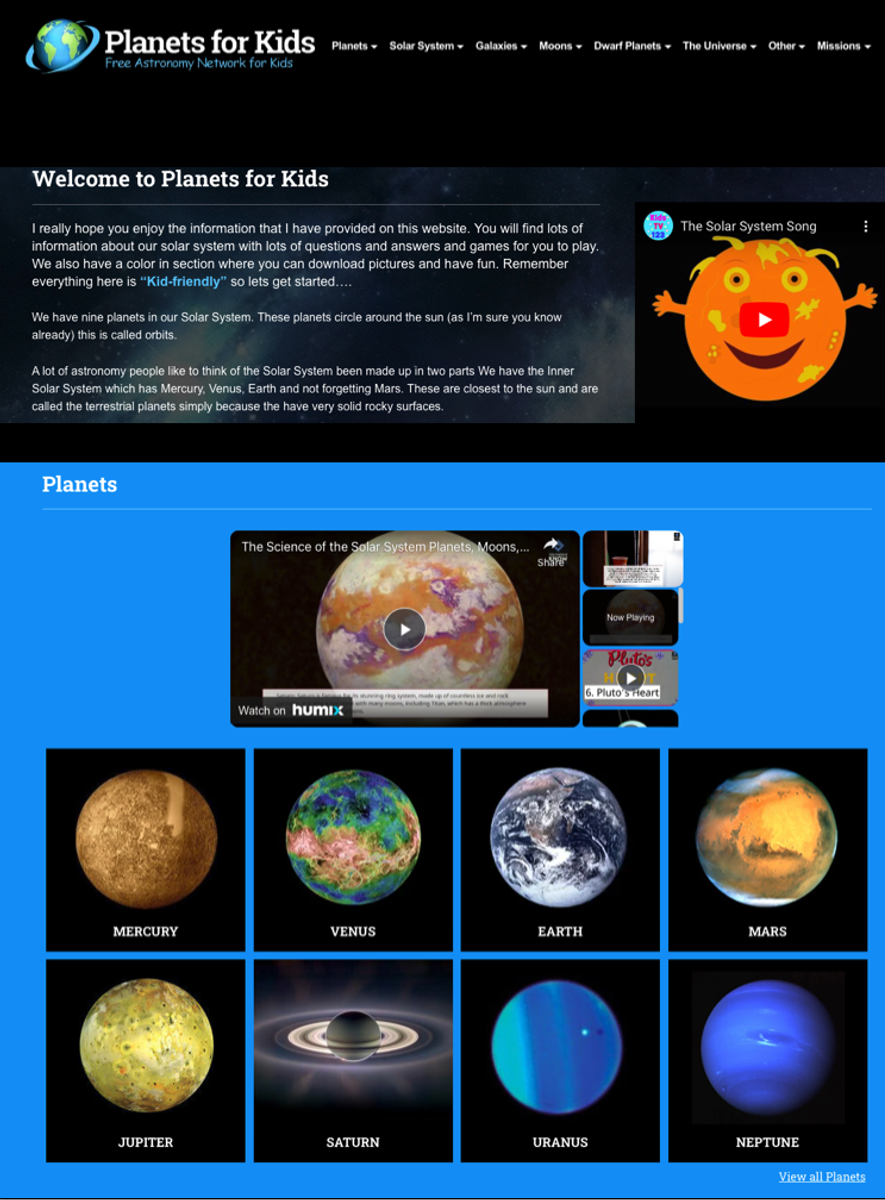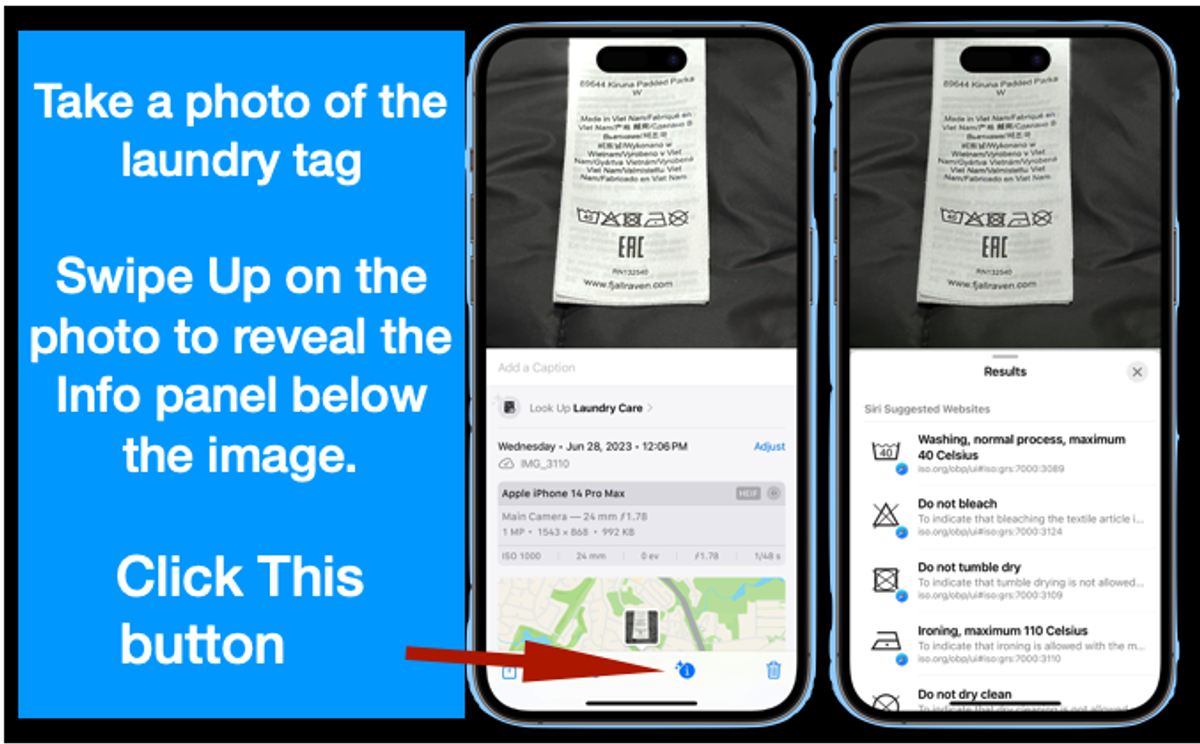Teachers' Page:

We start each week with a Monday Morning Meeting for staff. It's a time for information sharing, celebrating staff and children's achievements, laughter, building and strengthening the kaupapa foundations for our school, and a few tips on teaching, techie skills and even life. This page will be the place teachers can come back to if they want to revisit anything we covered in our Monday Morning Meetings.
It's really a page for teachers, but if you find anything worthwhile here for yourself, great.
Web Pages:
https://www.astronomy.com/tags/astronomy-for-kids/
https://www.planetsforkids.org
Techie Tips:
Visual Lookup Laundry Care
Decipher care instructions for a laundry tag
Take a photo of your laundry tag
Tap the visual look-up button on the bottom right
Tap the ‘lookup laundry care.’
And let the phone work its magic.
Save Time Finding Out Or Typing Out Your Location For Someone Who Needs To Know:
Type “I’m at”, and the keyboard will automatically prompt you to send your current location. Just click on it, and you’re done.
If someone asks “Where are you?” on iMessage, you’ll be automatically prompted to send your location too.
To Ponder:
"Expectations are one of the greatest things you can give children because it’s a way of saying, “I have faith in you. You can do great things."
Sketchplanations
Equality and equity are two important ideas that help us understand how to make things fair for everyone. Here's one way that helps me think about the difference between equity and equality:
Equality is fairness through uniformity, and equity is fairness through recognising individual needs.
If everyone gets the same—equality—this is fairer than some people getting something and others nothing. However, if a group were to go bike riding, as in the sketch, if everyone had the same bike, it might work well for one person but not fit for a child or a shorter person. And if you had extra gear, young children to handle, or a disability, getting the same bike might not work at all.
In contrast, equity considers each person's individual needs to give everyone the same opportunity. Since getting the same bike doesn't meet everyone's needs, this might involve getting a bike that is the right height or has a child seat to allow a parent and child to ride together or other adaptations to accommodate someone with a disability. This way, everyone can ride comfortably and safely. Equity is about understanding that everyone has different needs and making sure those needs are met so that everyone has a fair chance to succeed.
By focusing on equity, we can ensure that everyone has the support they need to do their best, even if it means giving different kinds of help to different people.
The curb-cut effect illustrates how, when we design to benefit disadvantaged or vulnerable groups, we ultimately help society as a whole.
Angela Glover Blackwell explains how campaigning by students with disabilities in Berkeley in the early 1970s led to adding curb cuts to the Berkeley sidewalks to make access easier for those in wheelchairs. Yet curb cuts helped not just people in wheelchairs. Curb cuts also made life easier for people pushing children in strollers, people using trolleys for deliveries, people pulling suitcases, and those wheeling bikes or skateboards. They also helped save lives by guiding people to cross at safe locations.
Another example is adding closed captioning to TV that helps anyone watch in a noisy bar, a waiting room, or watching an airline safety video. Or a classic example of universal design in the OXO Good Grips range, originally made to be comfortable for holding a peeler even if you have arthritis.
It's also a useful analogy for how laws and programs designed to benefit vulnerable groups, such as the disabled or people of colour, often end up benefiting all, whether that be increasing broadband access, improving public transport or taking cuts out of curbs.
We're all different sizes, and there is no one-size-fits-all, but when it comes to the chosen size, it mostly fits men better.
Caroline Criado Perez, in her book "Invisible Women" shares how so much of the designed world fits men better than women — examples include piano keyboards that make playing more technically difficult and more prone to injury for smaller hands, stab vests that don't take account of breasts, crash test dummies for car seats tested only with males, toilets that always lead to queues, phones that don't fit female hands or pockets, and voice recognition that picks out male voices more easily.
It's a stark reminder of how we must do more to design with more of the world in mind rather than the default reference male.
Mini Article
LifeAdvice:
Follow your Passion – This is critically important. Your job is a big chunk of your time in this world. So, follow your heart and intuition because you’ll already know what truly matters to you alone. The only way to do great work is to love what you do.
Embrace Failure - Develop a growth mindset centred on being free to fail. If you don’t try new things, knowing you have a safety blanket, you’ll be limited in your personal and professional growth. There are real benefits to embracing the lessons of failure; it can lead to being more creative and thinking outside the box.
Look after Yourself - Discover the importance of work-life balance. Life is tough if you are burning the midnight oil - don’t neglect your personal life and well-being in pursuing professional success. Taking breaks and nurturing relationships are vital for long-term happiness and productivity.
Give Back and Make a Difference – Give back in any way possible through helping to solve problems, volunteering time, and mentoring to help others. It’s incredibly rewarding to do this, especially when you see you're making a difference.
Be Curious – Have interests outside of your core area. Be curious, be inquisitive—and ask the dumb questions. You stretch yourself and your capabilities by learning more and doing the things you think you couldn’t do.
Learn to Network - There is no cool club, and everyone is figuring it out, so it’s all good. Have a plan for what you want to say, what you’re trying to learn, and who (or what type of person) you’re trying to meet. Networking is about forming meaningful connections that can support and inspire you throughout life.
Explore and Experiment - Trying new things and being open to new experiences can lead to personal and professional growth. Be open to travel, explore different cultures, and seek new opportunities and challenges.
Maintain a Positive Attitude - Maintaining a positive outlook and bringing positive energy and good vibes to work helps improve the environment and relationships. Be constructive, and people will love having you on the team. Everyone loves someone with a can-do attitude.
Be Patient - Success doesn't come overnight so resilience is key. It’s tough dealing with knockbacks, but you need to be patient and persistent. Aim to learn from every experience, whether good or bad. There will be some bad stuff. Just be ready for it
Be Nice – There’s no excuse for unkindness in this world. So, be good, be nice, smile at people you don’t know, help a stranger—and stay amazing!
New Zealand's sheep population continues to dwindle, with data released by Stats NZ in early May revealing that the nation’s total number of sheep fell by 3% to ~24M for the year ending June 2023. That’s roughly half the figure recorded two decades ago, and 65% less than in 1981, when there were ~22 sheep for every resident. As the country’s human population boomed to more than 5.2M in 2023, the country’s sheep-to-people ratio has been sheared to just ~4.6.
The decline of the country’s sheep industry — with exports of lamb, mutton, and wool once the country’s largest source of national revenue — has been relentless for decades. That’s partly due to a deterioration in the economics of sheep farming, as the price of wool has plummeted, and farmers look to cut costs anywhere they can.
Another factor has been the loss of farmland: since 2011, New Zealand has lost more than 940K hectares of grassland.
Part of the reason recently is that in 2019, NZ pledged to become carbon neutral by 2050, introducing a trading program that allows companies to offset emissions with carbon credits purchased from forest owners. As the price of these credits soared, the math became clear for farmers: cash in on the credits by converting their agricultural land to forest.










